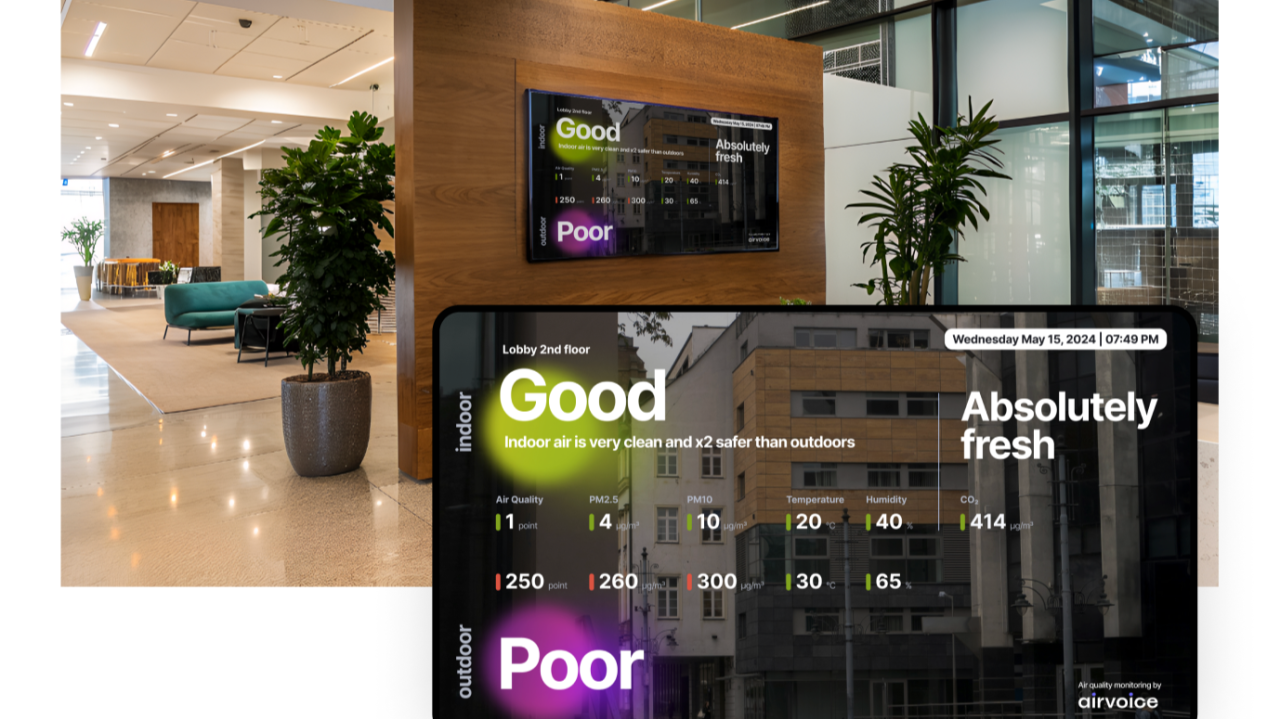PM 2.5 fine dust particles are probably the most popular air contaminant in the world, a pop star among city air pollutants. Firstly, it is widely known to be very hazardous for human health. Secondly, thousands of models of fast-food sensors have recently appeared on the market, measuring something like PM 2.5, so it seems that concentrations of particulates can be easily monitored.
However, to understand the causes of the increased content of particulates in the air and to develop strategies for their reduction, it is also important to measure the concentrations of some gases.
The matter is that fine dust particles are not only caused by the destruction of automobile tires or other direct methods, but they also appear as a result of photochemical reactions between nitrogen oxide and volatile organic compounds. That means, to get rid of smog, we need to understand the sources of nitrogen oxide and decrease their concentrations. That is why, when cities approach us with requests for PM2.5 monitoring, we offer to start controlling the content of gaseous mixtures in the air as well, even if the end goal is to eliminate smog.
The phenomenon of photochemical smog was discovered in the early 1950s by Dr. Arie Jan Haagen-Smit when he was studying air quality issues in Los Angeles. Before this research, the city’s enterprises had been closing one after another as they had been blamed for the awful state of the atmosphere in the city. But it had still been hard to breathe, and on the worst days, one could not even see the next quarter due to smog. After Dr. Haagen-Smit's discovery and the systematic actions of the government towards pollution mitigation, the air quality in Los Angeles has been considerably improved.
The matter is that fine dust particles are not only caused by the destruction of automobile tires or other direct methods, but they also appear as a result of photochemical reactions between nitrogen oxide and volatile organic compounds. That means, to get rid of smog, we need to understand the sources of nitrogen oxide and decrease their concentrations. That is why, when cities approach us with requests for PM2.5 monitoring, we offer to start controlling the content of gaseous mixtures in the air as well, even if the end goal is to eliminate smog.
The phenomenon of photochemical smog was discovered in the early 1950s by Dr. Arie Jan Haagen-Smit when he was studying air quality issues in Los Angeles. Before this research, the city’s enterprises had been closing one after another as they had been blamed for the awful state of the atmosphere in the city. But it had still been hard to breathe, and on the worst days, one could not even see the next quarter due to smog. After Dr. Haagen-Smit's discovery and the systematic actions of the government towards pollution mitigation, the air quality in Los Angeles has been considerably improved.










